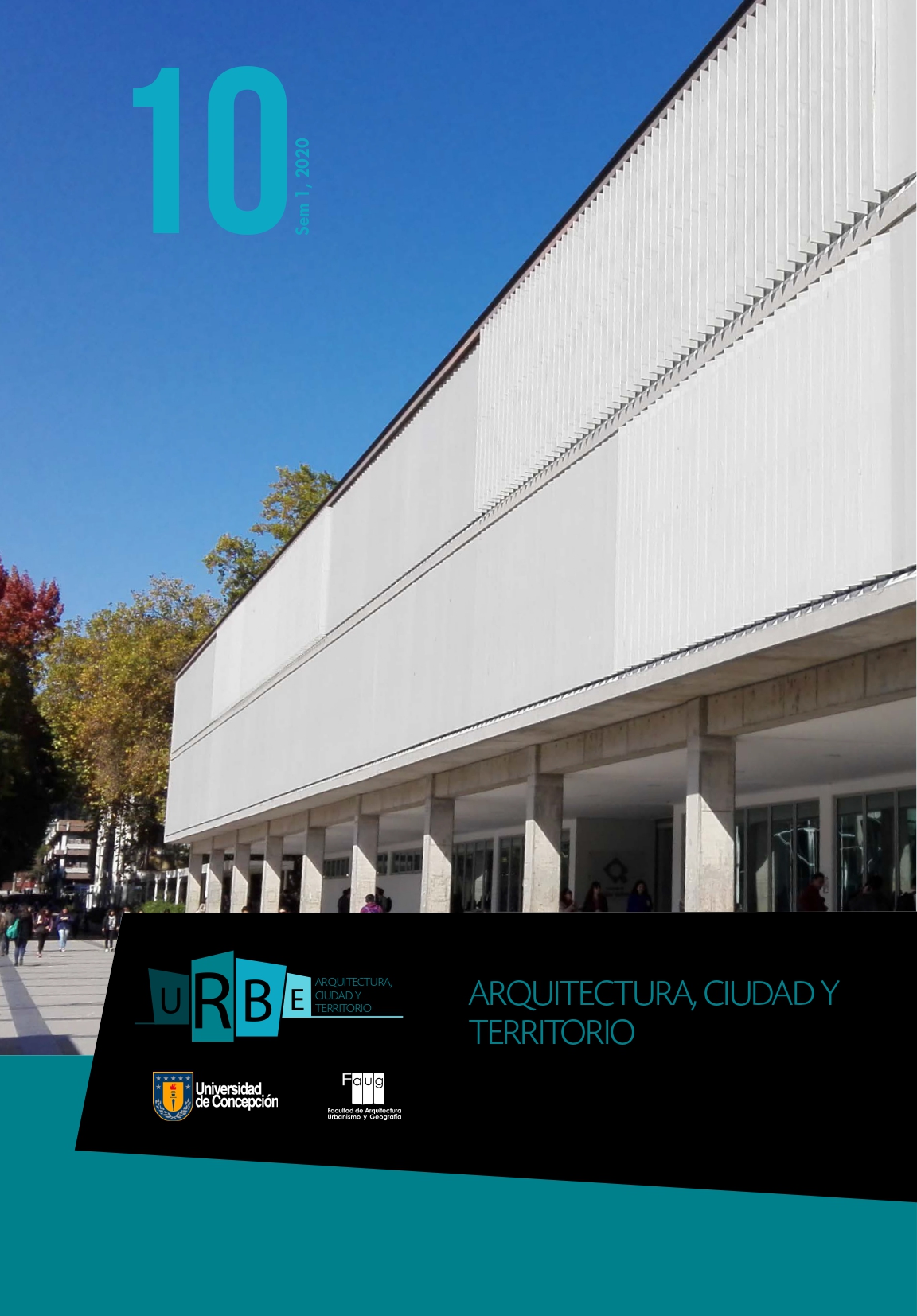Approving the zoning plan of Ñuñoa through the creative use of the rules
DOI:
https://doi.org/10.29393/UR10-2APMC10002Keywords:
Planning tools, creative compliance, use of the rulesAbstract
Regarding the legal uncertainty that a recent decree of the Ministry of Housing and Urban Planning tries to solve, this article analyzes the application of planning instruments in a case within Chilean urban planning institutions. The argument proposed here is that application of planning tools is best understood through the lens of the strategic use of rules. Planning instruments are not applied mechanically but selectively and with an orientation to the creative achievement of goals. The paper presents an interpretive case study based on interviews and documentary analysis. A conflictive case is reviewed, the approval of a modification to a zoning plan in the municipality of Ñuñoa in the face of significant citizen dissatisfaction. The analysis demonstrates the importance of the representation of planning as mere application of normative instruments and the usefulness of a focus on application of planning instruments to understand governance and demonstrate selective and creative compliance of regulations. The article insists any mobilization to create more just planning tools must be complemented by an effort to analyze their application as well.
Downloads
References
Aguirre, C. & Leon, D. (2007) Análisis descriptivo de la evolución urbana de la comuna de Ñuñoa 2001 a 2006. Revista Urbano, (16), 60-72. Recuperado de http://revistas.ubiobio.cl/index.php/RU/article/view/377
Batory, A. (2016). Defying the Commission: Creative Compliance and Respect for the Rule of Law in the EU. Public Administration, 94(3), 685-699. https://doi.org/10.1111/padm.12254
Chia, E., Vitry, C., & Negrete, J. (2016). La producción de sentido y contextualización de los instrumentos de planificación territorial. Los casos de Lunelois (Francia) y Quilpué (Chile). Revista geográfica de Valparaíso, (53), 47-71. Recuperado de http://revistageografica.cl/index.php/revgeo/article/view/4/4
Cook, S. N., & Wagenaar, H. (2012). Navigating the eternally unfolding present: Toward an epistemology of practice. The American Review of Public Administration, 42(1), 3-38. https://doi.org/10.1177%2F0275074011407404
Decreto 14. Diario Oficial de la República de Chile, Santiago, Chile, 30 de septiembre de 2019.
Gotschlich, D. & Miranda, P. (2019). Expertos advierten que decreto de Vivienda no resuelve la “incertidumbre jurídica”. El Mercurio, Nacional, p. C1.
Gomez, T., & Moris, R. (2017). Ciudades Solares: Una Mirada desde la Planificacion Urbana. Revista Planeo. Ciudades Inclusivas, (62), 1-15. Recuperado de http://revistaplaneo.cl/wp-content/uploads/Art%C3%ADculo_GomezMoris.pdf
Heidelberg, R. (2016). The power of knowing the rules. The American Review of Public Administration, 46(6), 734-750. https://doi.org/10.1177%2F0275074015575353
Herrmann, M. G., & Van Klaveren, A. (2016). Disminución de la participación de la población en organizaciones sociales durante los últimos trece años en Chile e implicaciones para la construcción de una política de planificación urbana más participativa. EURE (Santiago), 42(125), 175-203. http://dx.doi.org/10.4067/S0250-71612016000100008
Honold, J., Correa, P. & Prieto, M. (1989). Memoria Explicativa - Plan Regulador Comunal de Ñuñoa. Santiago, Chile: Ilustre Municipalidad de Ñuñoa.
Hupe, P. L. & Hill, M. J. (2016). ‘And the rest is implementation.’ Comparing approaches to what happens in policy processes beyond Great Expectations. Public Policy and Administration, 31(2), 103–121. https://doi.org/10.1177%2F0952076715598828
Svara, J. (2001). The Myth of the Dichotomy: Complementarity of Politics and Administration in the Past and Future of Public Administration. Public Administration Review, 61(2), 176-183. https://www.jstor.org/stable/977451?seq=1
Throgmorton, J. A. (2003). Planning as persuasive storytelling in a global-scale web of relationships. Planning Theory, 2(2), 125-151. https://doi.org/10.1177%2F14730952030022003
Vicuña del Río, M. (2013). El marco regulatorio en el contexto de la gestión empresarialista y la mercantilización del desarrollo urbano del Gran Santiago, Chile. Revista INVI, 28(78), 181-219. http://dx.doi.org/10.4067/S0718-83582013000200006
Villagra, P., Herrmann, G., Quintana, C., & Sepúlveda, R. D. (2016). El pensamiento resiliente y la planificación urbana en un entorno costero bajo riesgo de tsunami: el caso de Mehuín, Chile. Revista de Geografía Norte Grande, (64), 55-62. http://dx.doi.org/10.4067/S0718-34022016000200005
Wagenaar, H. (2014). Meaning in action: Interpretation and dialogue in policy analysis. Abingdon: Routledge.
Wagenaar, H. (2006). Bureaucratic order and personal order: the narrative analysis of administrative practice. In: M. A. van den Brink & T. Metze (Eds.), Words matter in policy and planning. Discourse theory and method in the social sciences, 43–63. Utrecht: Nederlandse Geografische Studies.
Wagenaar, H. (2004). ‘Knowing’ the rules: administrative work as practice. Public Administration Review, 64(6), 643–656. https://doi.org/10.1111/j.1540-6210.2004.00412.x
Published
How to Cite
Issue
Section
Copyright (c) 2020 MATTHEW WELLINGTON CAULKINS

This work is licensed under a Creative Commons Attribution 4.0 International License.
Revista URBE. Arquitectura, Ciudad y Territorio tiene licencia de Creative Commons Attribution 4.0 International (CC BY 4.0) y debe citarse correctamente.









